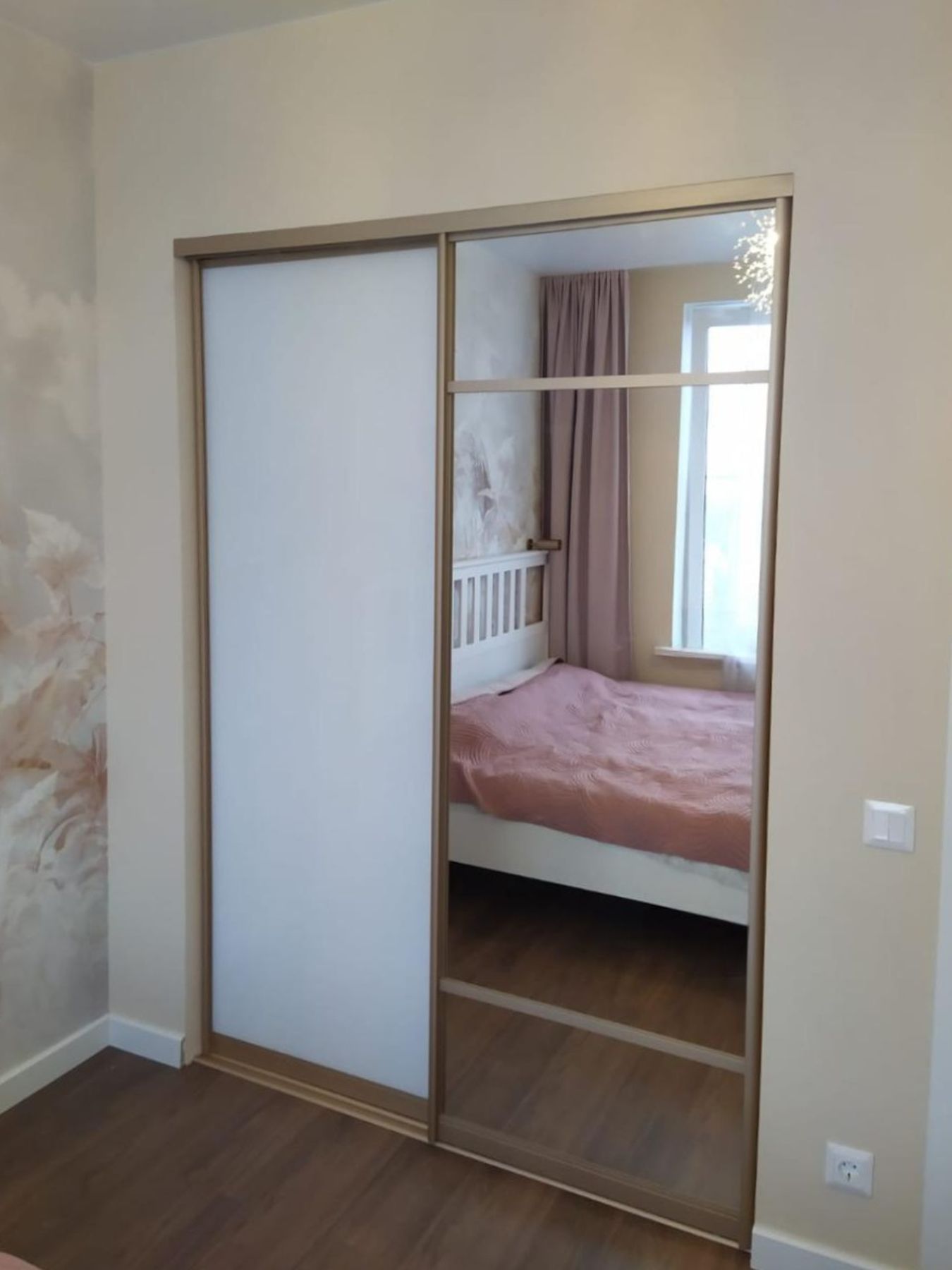
Introduction to Bespoke Kitchen Craftsmanship
The art of creating a bespoke kitchen is akin to tailoring a fine suit. It requires a keen eye for detail, thorough knowledge of materials, and a deep appreciation for the client's lifestyle and needs. Mastering bespoke kitchen craftsmanship means more than constructing cabinetry; it involves curating a space that's both functional and a reflection of the homeowner's taste. As we delve further into this craft, we will explore the essential skills and considerations that elevate a kitchen space into a personalized culinary haven.
Understanding Client Needs and Lifestyle
A foundational step in bespoke kitchen craftsmanship is grasping the unique requirements and preferences of the client. From the budding gourmet chef to the busy family, every homeowner uses their kitchen differently. This understanding dictates the layout, the choice of appliances, and even the minutiae of drawer organization. Professional kitchen designers not only draw from their own expertise but also communicate effectively to ensure that the client's vision is accurately translated into reality.
Selecting Quality Materials
Choosing the right materials is essential for both aesthetics and longevity in bespoke kitchen design. From natural stones like marble and granite for countertops to sustainable and durable options for cabinetry like hardwoods, it's crucial to select materials that can withstand the rigors of kitchen use while maintaining their beauty over time. Master craftsmen are knowledgeable about the characteristics of different materials and can guide clients towards choices that best suit their kitchen's style and practical requirements.
Functional Design and Ergonomics
A masterfully crafted kitchen is one that balances visual appeal with functionality. Ergonomics play an important role in crafting a space where every task from chopping vegetables to washing dishes is efficient and comfortable. Customizable heights for counters, strategic placement of appliances, and thoughtful kitchen island designs are just a few examples of how bespoke kitchen design prioritizes functionality without compromising on style.
Accuracy in Custom Cabinetry
In bespoke kitchens, cabinets are more than mere storage solutions—they are key elements that define the space's character and flow. Precision is paramount when crafting custom cabinetry; every millimeter counts. Skilled artisans use their expertise to ensure that all pieces are measured, cut, and fitted perfectly, from the elegant lines of a shaker-style door to the seamless integration of appliances within the cabinetry. This accuracy not only ensures a refined look but also contributes to the overall durability and quality of the kitchen.
Innovative Use of Space
One of the hallmarks of bespoke kitchen design is the innovative use of space. Tailoring the kitchen to the individual needs of the homeowner means finding clever solutions for maximizing functionality in every corner. This may include pull-out pantries, hidden drawers, or custom shelving systems that transform potentially wasted space into efficient storage areas. The goal is to create a kitchen space that is as practical as it is beautiful.
Attention to Detail and Finishing Touches
The subtleties of fine craftsmanship come to the foreground in the finishing touches. Whether it's the perfect hue of paint, the right sheen of a varnish, or the delicate hardware used on cabinetry, these details resonate with the quality of the bespoke kitchen. Master craftsmen pay meticulous attention to every aspect, ensuring that each element complements another and contributes to the overall harmony of the design.
Conclusion: The Art of Bespoke Kitchen Craftsmanship
Mastering bespoke kitchen craftsmanship is an ongoing process of learning, adapting, and perfecting. It is an art that involves understanding the intimate relationship between form and function, between materials and the hands that shape them. For those who achieve this mastery, the result is not just a kitchen, but a personal sanctuary that meets the needs of its users and stands the test of time—truly the heart of the home.